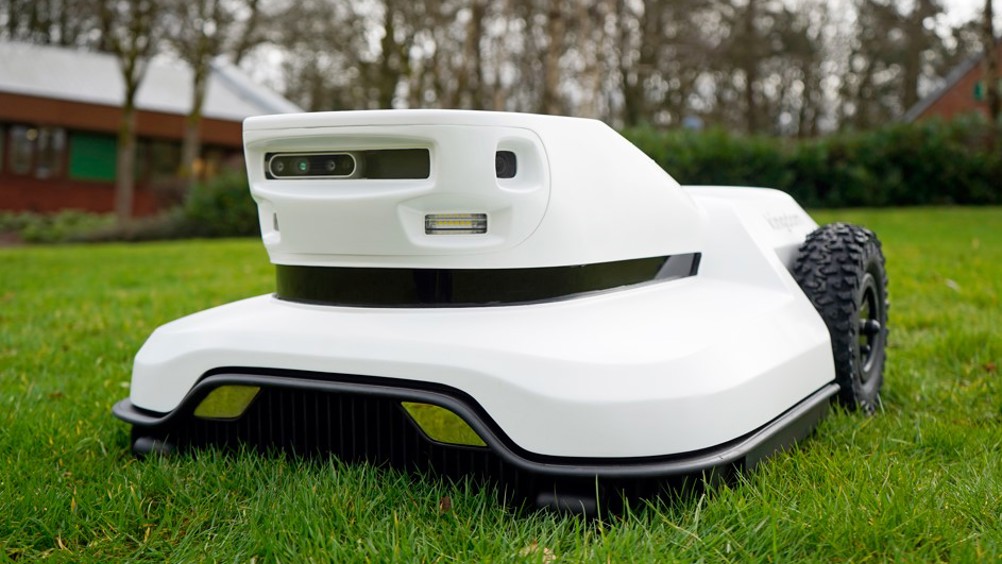YOLO算法在医疗影像领域的应用:疾病诊断与辅助治疗,探索AI求职新方向
发布时间: 2024-08-15 00:53:37 阅读量: 35 订阅数: 45 


_三维电容层析成像组合电极激励测量模式.pdf

# 1. YOLO算法概述**
YOLO(You Only Look Once)算法是一种单阶段目标检测算法,它通过一次卷积神经网络(CNN)处理图像,同时预测目标边界框和类别概率。与传统的双阶段目标检测算法(如Faster R-CNN)相比,YOLO算法具有速度快、精度高的特点。
YOLO算法的核心思想是将目标检测问题转化为回归问题。具体来说,YOLO算法将图像划分为一个网格,并为每个网格单元预测一个边界框和一组类别概率。如果网格单元中存在目标,则预测的边界框将与目标的真实边界框重叠,并且类别概率将表示目标属于不同类别的可能性。
# 2. YOLO算法在医疗影像中的应用
YOLO(You Only Look Once)算法是一种单阶段目标检测算法,因其速度快、精度高而受到广泛关注。在医疗影像领域,YOLO算法已成功应用于疾病诊断和辅助治疗,为医疗保健行业带来了革命性的变革。
### 2.1 疾病诊断
#### 2.1.1 胸部X光片分析
胸部X光片是诊断肺部疾病的常用工具。YOLO算法可用于分析胸部X光片,快速准确地检测出肺炎、肺结核等疾病。该算法通过学习大量胸部X光片图像,能够识别不同疾病的特征性表现,并自动生成诊断报告。
```python
import cv2
import numpy as np
# 加载胸部X光片图像
image = cv2.imread('chest_xray.jpg')
# 创建YOLO模型
model = cv2.dnn.readNetFromDarknet('yolov3.cfg', 'yolov3.weights')
# 设置模型输入参数
blob = cv2.dnn.blobFromImage(image, 1/255.0, (416, 416), (0,0,0), swapRB=True, crop=False)
model.setInput(blob)
# 前向传播
detections = model.forward()
# 解析检测结果
for detection in detections[0,0]:
if detection[5] > 0.5:
label = classes[int(detection[6])]
x1, y1, x2, y2 = detection[3:7] * np.array([image.shape[1], image.shape[0], image.shape[1], image.shape[0]])
cv2.rectangle(image, (int(x1), int(y1)), (int(x2), int(y2)), (0, 255, 0), 2)
cv2.putText(image, label, (int(x1), int(y1)-10), cv2.FONT_HERSHEY_SIMPLEX, 0.5, (0, 255, 0), 2)
# 显示检测结果
cv2.imshow('Chest X-ray Analysis', image)
cv2.waitKey(0)
```
**代码逻辑分析:**
* 加载胸部X光片图像并创建YOLO模型。
* 设置模型输入参数,将图像转换为模型可处理的格式。
* 进行前向传播,获得检测结果。
* 解析检测结果,包括检测框坐标、置信度和类别标签。
* 在图像上绘制检测框并显示类别标签。
#### 2.1.2 医学图像分割
医学图像分割是将医学图像中的不同组织或结构分离出来。YOLO算法可用于分割医学图像,例如MRI图像、CT图像等。通过识别不同组织的边界,YOLO算法可以辅助医生进行疾病诊断和治疗计划制定。
```python
import torch
import torchvision.transforms as transforms
# 加载医学图像
image = torch.from_numpy(np.array(Image.open('medical_image.png'))).float()
# 创建YOLO模型
model = torch.hub.load('ultralytics/yolov5', 'yolov5s')
# 预处理图像
transform = transforms.Compose([transforms.ToTensor(), transforms.Normalize([0.485, 0.456, 0.406], [0.229, 0.224, 0.225])])
image = transform(image).unsqueeze(0)
# 前向传播
outputs = model(image)
# 解析检测结果
for detection in outputs[0]:
if detection[4] > 0.5:
label = classes[int(detection[5])]
x1, y1, x2, y2 = detection[0:4] * torch.tensor([image.shape[2], image.shape[1], image.shape[2], image.shape[1]])
cv2.rectangle(image, (int(x1),
```
0
0





